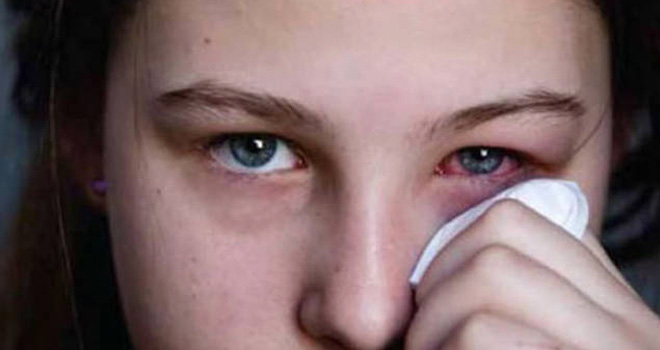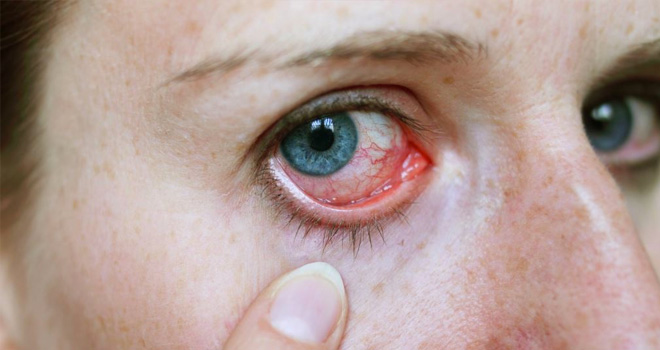Behcet's Disaese
Behcet's disease is an autoimmune illness that causes skin problems, sores in the mouth and on the genitals, and inflammation inside the eye. The disease also may result in arthritis and inflammation of the brain, spinal cord and digestive tract.
It is most prevalent in Anatolia, the Middle East, Asia and Japan. The disease tends to affect men more often than women, with symptoms first noticed during the 20s and 30s. However, people of all ages can develop the disease.
Inflammation inside the eyes can cause blurred vision, pain and redness, and sometimes results in blindness.
Behçet's Disease is a chronic disease that recurs. However, patients may have periods of time when symptoms go away temporarily (remission). The disease varies from patient to patient. Some patients may live normal lives, but in 20% of patients without proper treatment, legal blindness is likely.
The disease may occasionally be fatal, with a mortality rate of up to 6%, due to vasculitis or involvement of the central nervous system.
Behcet's results from damage to the body's blood vessels. In an autoimmune disease such as Behcet's, the body's own immune system mistakenly attacks and harms the tissues of the body, instead of protecting the body from germs and foreign substances.
Some researchers have found that certain people have abnormalities within their immune system, making them susceptible to the disease. In others, a bacterium or virus in the environment may trigger the disease. It has been found that people who suffer from recurring strep infections may be more likely to develop Behcet's.

The four most common symptoms of Behcet's include sores inside the mouth, sores on the genitals, inflammation inside the eye, and skin problems. Other symptoms may include arthritis, blood clots, and inflammation of the digestive tract and in the central nervous system.
Inflammation inside of the eye (uveitis, retinitis, and iritis) occurs in more that half of those with Behçet's disease and can cause blurred vision, pain, and redness.
Behçet's may lead to retinal detachment, vitreous hemorrhage and glaucoma.Vision loss occurs because retinal vessels become blocked, unable to supply the retina with needed oxygen.

There is no single diagnostic test for Behçet’s disease. The diagnosis of Behçet’s disease is therefore based on findings present during history-taking and careful examination. The typical oral and genital ulcers with typical eye and skin lesions are the main indicators of Behçet’s disease.
There is no cure for Behcet's disease. Corticosteroids and other medications that suppress the immune system may be prescribed to treat inflammation.
The main goal of treatment is to reduce pain and discomfort and to prevent serious complications from developing. A variety of medications may be used depending on the severity and progression of the disease.
Acute anterior uveitis generally responds to corticosteroid eye drops. Inflammation involving the back of the eye requires treatment that is more aggressive with corticosteroids given by injection and/or pill (systemic therapy). Systemic corticosteroids are helpful in treating acute manifestations.
Surgery may be required to deal with the complications of Behçet's disease.
Last Updated: October 23, 2024



























